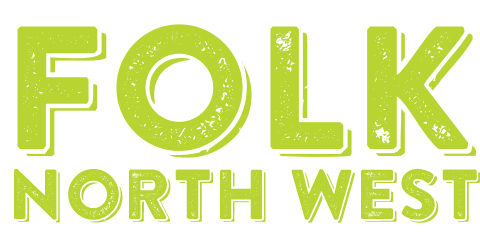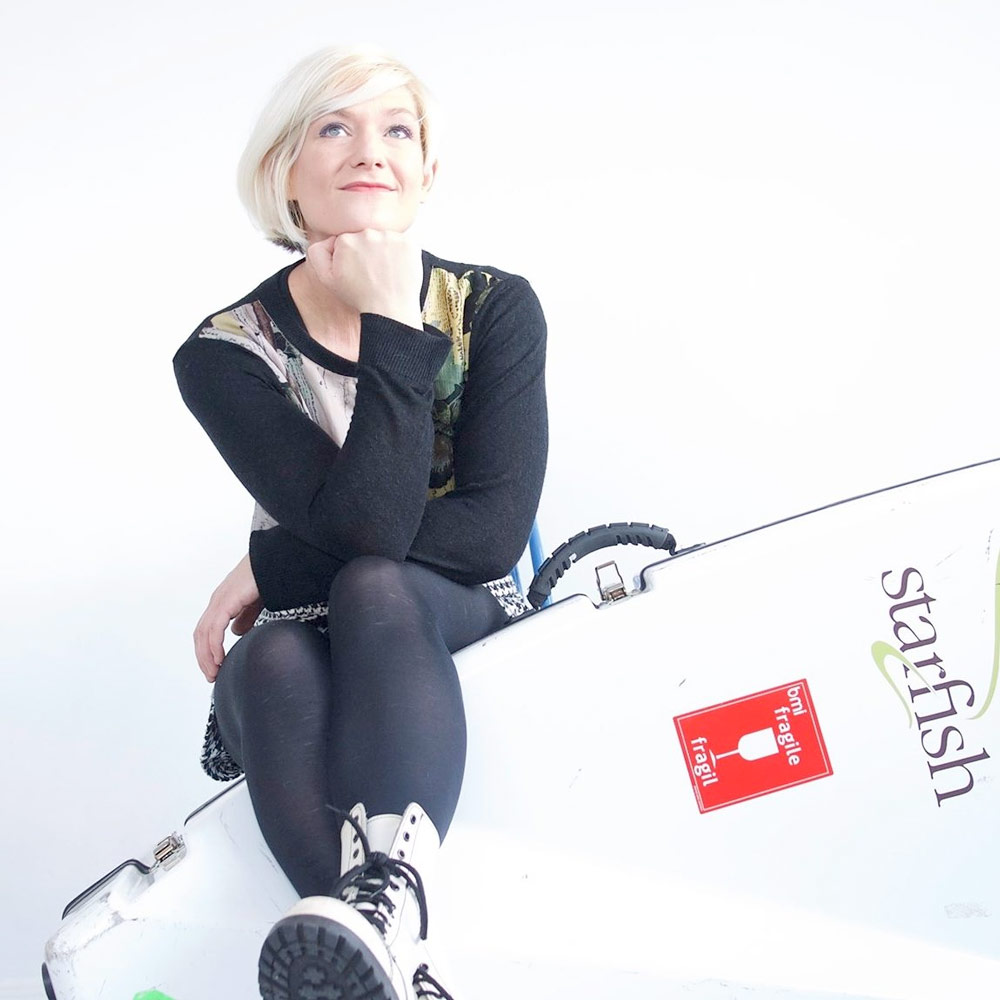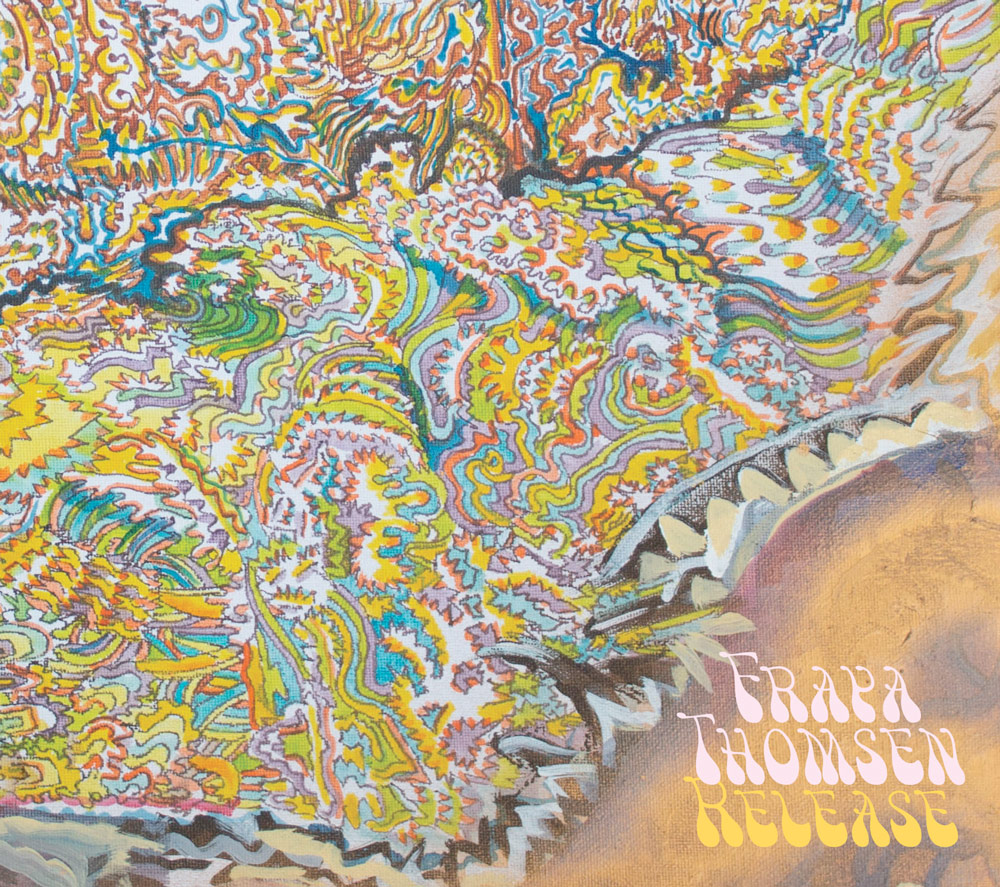FRAYA THOMSEN
Release
There is a trap of framing music recorded in 2020 as ‘lockdown music’, as if it was a genre in its own right, as if these were notes and phrases that bear the scars of the invisible ropes and shackles that held us down. Better to recognise how many musicians refused to allow their creativity to be held back, and how they still allowed their imaginations to roam. ‘Release’, the knowing title of Fraya Thomsen’s latest project, explains all that most succinctly.
Born in Sutherland and now tipping 40, Fraya has paid her dues and made her mark. Having been awarded the Dewar Arts Award back in 2007, she is still getting noticed, winning the Princess Margaret of the Isles prize for Senior Clarsach just last year. Her credentials are undoubted and this album is at its folksiest when it is just that harp and her voice. But this album was never meant to be that constrained. When a project is born of a commission from Celtic Connections in 2017, you can be sure it will come with all the international blurring and bending of musical boundaries implied. And if 2017 feels like ancient history given all we have been through, you can be sure that Fraya is bang up to date, with current threads, political and ecological, weaving through the songs.
Despite the naming of the album, the title of the track Connected reveals more about the dynamic, not just in being a drawing together of ideas and musicians, but also in making a great leap to that bigger picture of Black Lives Matter and the environment. There is a filmic quality to the structure of tunes, however brief they might be, with arrangements that should earn an Original Sound Track some day. It is no surprise to find Fraya’s own compositions and tunebooks for the harp peppered across the internet.
The album is bookended by the same tune, Kind Sad Girl. Opening the album, it is but an idea, as wistful as its title, harp to the fore; to close, it is developed into a far greater thing, with her collaborators bringing in cello, flugelhorn, accordion, alto flute. Elsewhere, bass and drums augment the mix. That instrumentation brings the richness to the second track of the album, Bob Burt’s/For the Love of Shoogles. The brass sets off with a jazzy ambience; the flute shimmers off the harp; words breathed rhythmically, almost mouth music. The tune changes with a point of inflection which brings in Colette o’Leary’s breezy accordion, brimming with Celtic cadences, anchoring the album back in the folk genre, and bringing a smile to the face at the same time.
John Slavin’s album cover art shows Fraya climbing through abstract, almost fractal, child like patterns. It’s an appropriate foil. It matches the spirit of naivety of the song Save the World. Or maybe this is a picture of the Electrons of another instrumental, dancing round? Like all the tracks, this is self-composed, though here, we have just the harp speaking for itself. Inevitably the roots are Scottish, but do we hear some other more exotic influences creeping in? Fraya wouldn’t be the first to transpose West African tonality to a Celtic harp. Elsewhere, on Release, another track soloing the harp, the cross-fertilisation is more familiar, with echoes calling back from across the North Channel.
Tiger offers another song, lightly wearing its jazzy, even loungy style. Then the harp returns with an icing of flute and ethereal vocals in an instrumental For the Water Protectors. There is a pleasing ambiguity in this dedication. Who are they?
They could be naiad spirits or we could be praising more earthbound guardians, returning to those environmental themes and those who would save us from ourselves; yet again, in this diverse but connected world, could this be a reference from another culture? The music leaves you free to interpret as you wish.
Just This Sky Line feels more expansive than its bare couple of minutes. Lucy Cash’s minimalist lyrics have a structure reminiscent of Joni Mitchell’s Impossible Dreamer, holding out with hope for a better world which seems out of reach. But the musical context is quite different as the musicians stretch their legs, indulging whims, exploring tangents around Fraya’s vocal phrasing.
Then it’s all simple, joyful clarity again for Marie Louise Napier’s / Patsy Seddon’s - two instrumentals joined at the hip. The harp is rooted in tradition again with these paeans to fellow harpers and singers. If this is meant as a celebration, showing off what this instrument can do, it works!
The digital album is available on bandcamp, but if you want that lovely artwork, and you well might, head to Fraya’s own website for the physical product.





